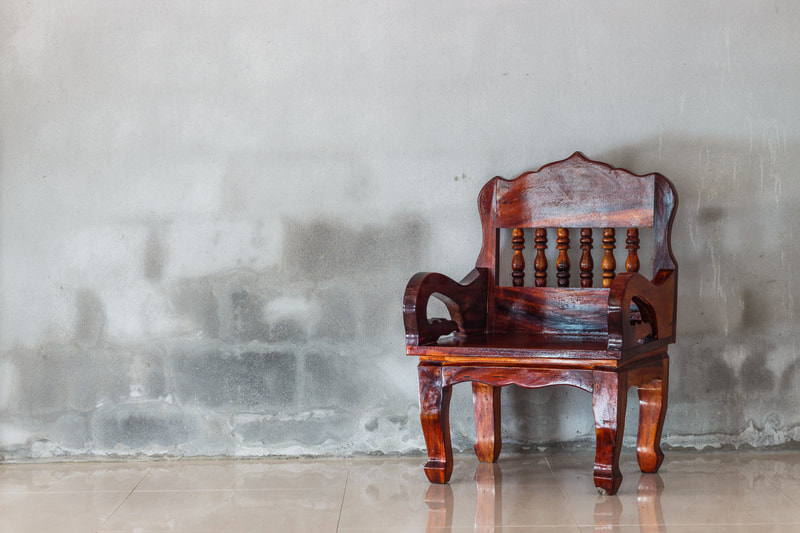Retirement is a time for new beginnings, and many people choose to explore new hobbies and interests during this phase of life. One such hobby that has gained popularity among retirees is woodworking. It's a rewarding and creative way to spend your time, but before you embark on this journey, there are some essential things you need to know.
Tools You Need
Woodworking requires a variety of tools, and having the right ones is crucial for a successful and enjoyable experience. Accurate measurements are key in woodworking. Invest in a quality tape measure, a combination square, and a set of measuring calipers. A saw is a fundamental tool in woodworking. Depending on your projects, you may need a handsaw, a circular saw, or a miter saw. A coping saw is handy for making intricate cuts. To connect pieces of wood, you'll need tools like chisels, a mallet, and various clamps. A router is also essential for creating joints and decorative edges. Sandpaper in various grits and a sanding block are essential for smoothing and finishing your projects. Don't forget safety goggles to protect your eyes from flying wood chips and dust. Dust masks, hearing protection, and a well-ventilated workspace are also essential.
Putting Safety First
Safety should be your top priority when starting a woodworking hobby. Trauma to your eyes can lead to conditions such as cataracts. This can be particularly concerning in retirement when access to healthcare is vital. Always wear safety goggles to protect your eyes from debris and dust. Hearing protection and a dust mask can also safeguard your overall well-being. Learn how to use your tools safely and correctly. Follow manufacturer instructions and seek guidance from experienced woodworkers if needed. Keep your workspace clean and organized to avoid tripping hazards and accidents. Ensure good lighting for better visibility. Have a well-equipped first aid kit on hand in case of minor injuries. It's better to be prepared. Knowing CPR can be a valuable skill, especially in emergencies. Consider taking a CPR course for peace of mind. Above all, remember to enjoy your woodworking projects and take the time to appreciate the craftsmanship that goes into them.
Learning the Fundamentals
Now that you have the necessary tools and safety measures in place, it's time to delve into the fundamentals of woodworking. Start with simple projects to build your skills and confidence. There are many resources available, including woodworking classes, online tutorials, and books that can guide you through the process. Practice measuring, cutting, and assembling pieces of wood. Learn about different types of wood and their characteristics. Experiment with various joinery techniques, such as dovetail joints and mortise and tenon joints. Remember that woodworking is a journey of continuous learning and improvement. Don't rush through projects; take your time to ensure precision and quality in your work. With practice and dedication, you can build your skills and create beautiful works of art.
By acquiring the right tools, prioritizing safety, and dedicating yourself to learning the fundamentals, you can embark on a rewarding journey of creativity and craftsmanship. Woodworking not only allows you to create beautiful pieces but also provides a sense of accomplishment and relaxation during your retirement years.
Did You Enjoy Reading This Article? Here’s More to Read: Areas You Can Cut To Make Your Retirement Budget Work

 RSS Feed
RSS Feed
